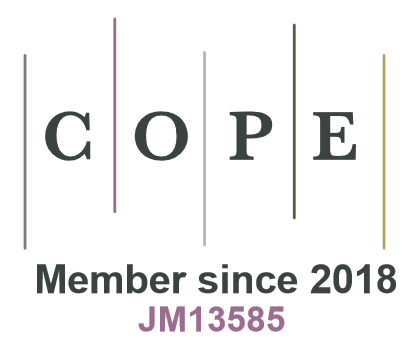Articles containing the keyword 'increment functions'
Category : Article
The objective of this study has been to discover some of the basic principles on which an increment for a large forest area might be forecast. Because the stands in a large forest area vary considerably in density and are subject to different kinds of treatment, the main interest falls on the stand characteristics which determine the increment percentage in such forest conditions as these. The material used in the study has been published earlier, it consisted of sample plots of Scots pine (Pinus sylvestris L.) stands (Nyyssönen 1954).
Increment functions are of great importance in the increment forecast for cutting budget. Because 60-80% of the variation in the increment percentage can be explained by stand characteristics in circumstances where the age of the stand is 40-130 years and the volume vary with a coefficient of variation 0.6-0.7, regression equations for increment percentage may be based on a number of sample plots smaller than in a growing stock inventory in the same conditions. It is possible to get accurate results with relatively small number of sample plots. Furthermore, the smaller amount of increment sample plots makes it possible to develop measurement techniques.
The increment functions enable study of increment as a biological process. However, conclusions about biological process on the basis of regression equations should be made with caution. Still, regression analysis is a powerful tool in yield studies.
The PDF includes a summary in Finnish.


